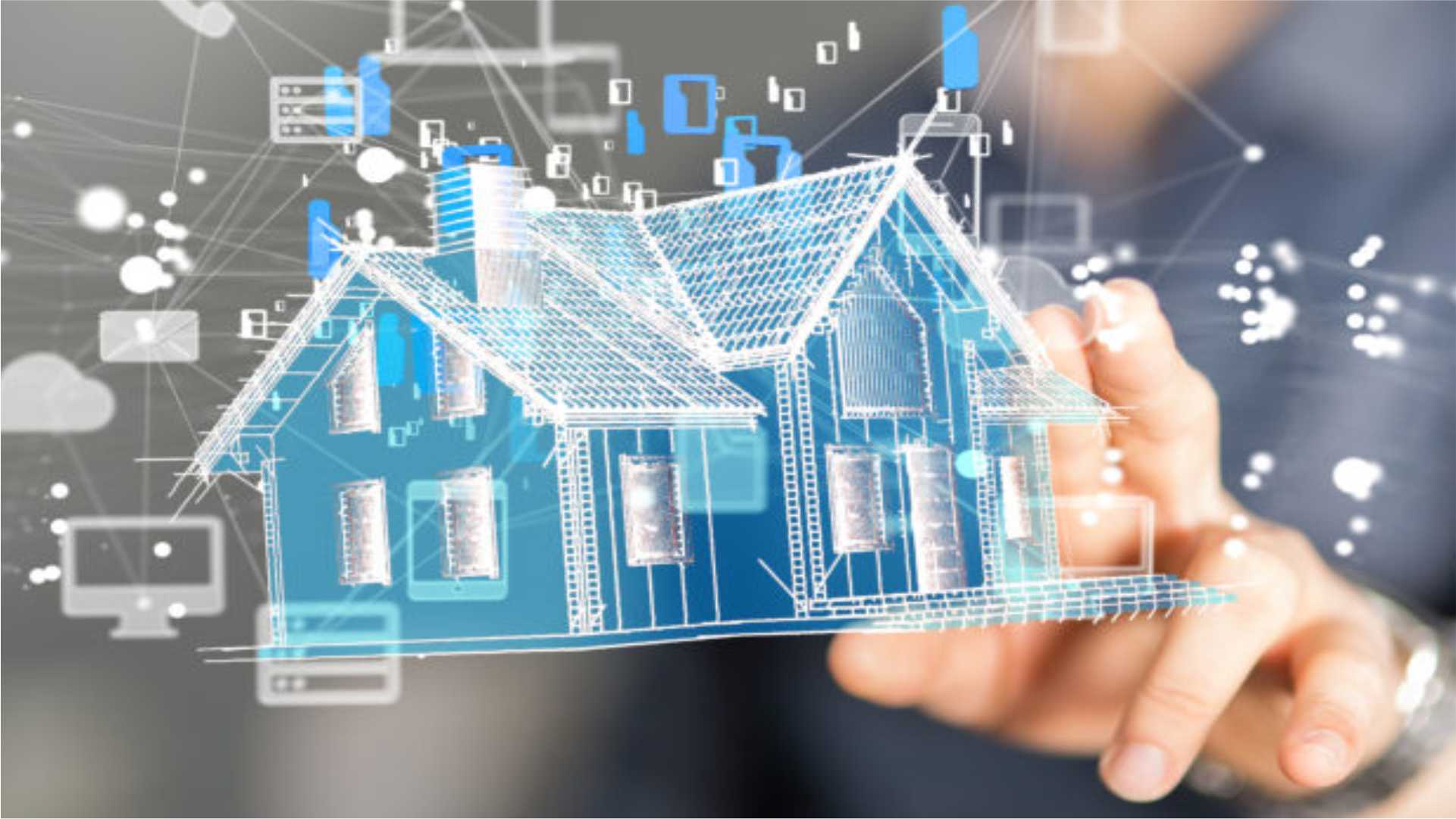People now use smart home integration devices to change their daily lives through simple technology-activated control in the digital world. Home control as a result of the Internet of Things (IoT) has transformed the way homeowners interact with their environments through the simplicity of the platform and vociferous request commands. The evolution of technology has made smart home integration necessary for anyone pursuing a streamlined superior way of living.
What is Smart Home Integration?
A smart home integration brings multiple household devices and appliances under one centralized system so they operate seamlessly together. Users can access and track their home operations using their smartphones and tablets alongside voice assistants like Amazon Alexa and Google Assistant alongside Apple HomeKit. vanished technology lets homeowners program individual comfort and security features and improve energy efficiency in their homes.
A smart home includes its fundamental components alongside centralized control systems along with automated functionalities.
Smart Lighting
Users can manage their lighting system brightness and select colors as well as programming schedules from both mobile devices and by using voice commands through automated lighting controls.
The combination of motion sensors with daylight-responsive lighting mechanisms provides energy-saving benefits.
Smart Thermostats
Home management devices Nest and Ecobee adapt to individual preferences through self-learning features and subsequently achieve enhanced energy efficiency.
With remote access technology, homeowners can manage their heating and cooling systems outside their home environment.
Home Security Systems
Real-time oversight and notification functionality come from smart cameras along with Ring doorbell systems and motion detection devices.
through biometric locks, homeowners achieve better security together with easy access.
Smart Appliances
Smart high-tech house appliances including refrigerators ovens and washing machines provide automation capabilities through step-by-step alerts.
Smart Plugs and Energy Management
Smart plugs provide remote electrical outlet control features which reduce the amount of energy that gets wasted.
Through the use of smart meters, users can monitor and optimize their energy consumption rates.
Benefits of Smart Home Integration
Convenience and Automation
Automated systems minimize human work which results in productivity savings and decreased workloads.
Users gain easy control through Voice Assistant integration.
Enhanced Security
System-generated instant alerts combined with real-time monitoring services help users maintain security awareness.
Smart locks and surveillance systems deter intruders.
Energy Efficiency and Cost Savings
Smart thermostats along with automated lighting systems lower consumption of energy.
Real-time consumption tracking allows homeowners to reduce their utility expenses.
Remote Access and Control
Users gain the ability to monitor and manage their homes while located anywhere across the globe.
This capability offers particular assistance to people who travel frequently or work in a time-sensitive field.
Personal kitchen automation systems:
Powered by artificial intelligence shows users suitable recipes from their current ingredient collection.
Entertainment Systems
Smart TVs together with sound systems enable consumers to wirelessly access their streaming entertainment services.
With multi-room audio systems users can have their music play the same tracks in any space in their home simultaneously.
Increased Home Value
People find smart home technology features to be attractive which makes homes more valuable when selling them.
Future-ready homes attract tech-savvy buyers.
Challenges and Considerations
Despite its advantages, smart home integration comes with challenges:
Compatibility Issues: Different smart devices do not function in perfect harmony with one another. Homeowners should opt for smart ecosystems that integrate either Apple HomeKit or Amazon Alexa or Google Home.
Cybersecurity Risks:
Any connected devices maintain susceptibility to hacking. Strengthening passwords together with routine software upgrades and defense through secure networks functions as necessary steps in smart home security.
Initial Costs:
Smart home devices can lower long-term expenses however their installation costs may require a significant financial start-up.
The Future of Smart Home Technology
The evolution of AI technology along with IoT will enable homeowners to achieve more intuitive and interconnected smart homes. Innovations such as:
AI-controlled automated systems understand user behavior through predictive operations to adapt dynamically.
5G connectivity for faster and more reliable smart home networks.
Solar-powered intelligent systems represent eco-friendly solutions that push sustainability standards at scale.
Conclusion
Smart home integration serves as a leading force in modern living by delivering improved convenience increased security together with energy efficiency benefits. Engaging technological developments will create smart homes to become core elements of the way people live as they enable straightforward management of household systems. Putting money into smart home technology now leads to future homes that combine unparalleled connectivity with enhanced comfortability.

